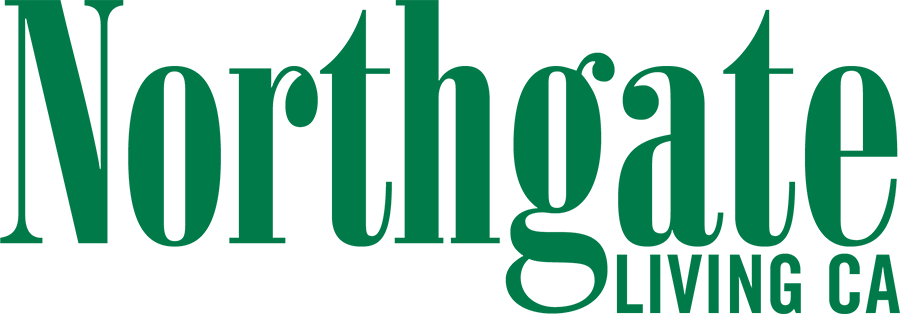Based on the last 40 admissions into my skilled rehabilitation facility, the average patient age is 67 years old— ten years younger than expected, which means inpatient rehabilitation services will be a real need for many of you or your loved ones in the future. What no one wants to talk about is the critical question that drives all options in healthcare in America today, “What is your health insurance?”
Health insurance varies from Medicare to Contra Costa Health Plan. There is good, bad and ugly in every industry and the ugly needs to be realized for skilled rehabilitation; which is that skilled nursing facilities are for-profit. This is significant because when an admissions coordinator reviews what healthcare insurance a patient has, it is mostly to determine if the facility bed census can accommodate the patient based on the rate. No one ever talks about it, but a patient’s healthcare insurance is the largest determining factor in placement.
 To put it simply, Medicare is the highest paying insurance, with a daily rate of $900-$1100. Humana, HealthNet, and PPO plans for United Healthcare and Aetna also fall in this high daily rate bracket. HMO plans like Blue Cross and United Healthcare pay about $700-$900/day. Contra Costa Health Plan pays about $465/day. Commercial plans generally pay out at $425-$450/day. Daily expenses to provide minimum care for a patient costs a facility about $420/day. Medi-Cal is the lowest paying healthcare coverage with a daily rate of $320/day.
To put it simply, Medicare is the highest paying insurance, with a daily rate of $900-$1100. Humana, HealthNet, and PPO plans for United Healthcare and Aetna also fall in this high daily rate bracket. HMO plans like Blue Cross and United Healthcare pay about $700-$900/day. Contra Costa Health Plan pays about $465/day. Commercial plans generally pay out at $425-$450/day. Daily expenses to provide minimum care for a patient costs a facility about $420/day. Medi-Cal is the lowest paying healthcare coverage with a daily rate of $320/day.
Medicare is also the only insurance coverage that does not involve a case manager analyzing length of stay, making it the easiest insurance to work with. All commercial and managed Medicare plans are assigned a Utilization Review Nurse Case Manager who will analyze weekly clinicals with strict adherence to the Medicare guidelines for extended care services that are provided in a skilled rehabilitation facility. In these cases, insurance dictates the discharge date from the facility. 25% of patients end up having to navigate through the appeals process and stress about the next step if they cannot care for themselves at home. This is difficult on the patient, involved loved ones, and the facility’s social services department.
Be educated. Be proactive. If you or your loved one is over the age of 70, it may be beneficial to go with straight Medicare coverage to avoid the hassle of authorizations or appeals with the increase in medical needs. If you or your loved one will maintain a commercial or managed Medicare plan, be prepared with strong back up plans if a hospitalization occurs. Make sure a solid support system is in place with friends and neighbors. Make sure homes are safe to navigate through. Most important, stay healthy!
By Camalin Jones

